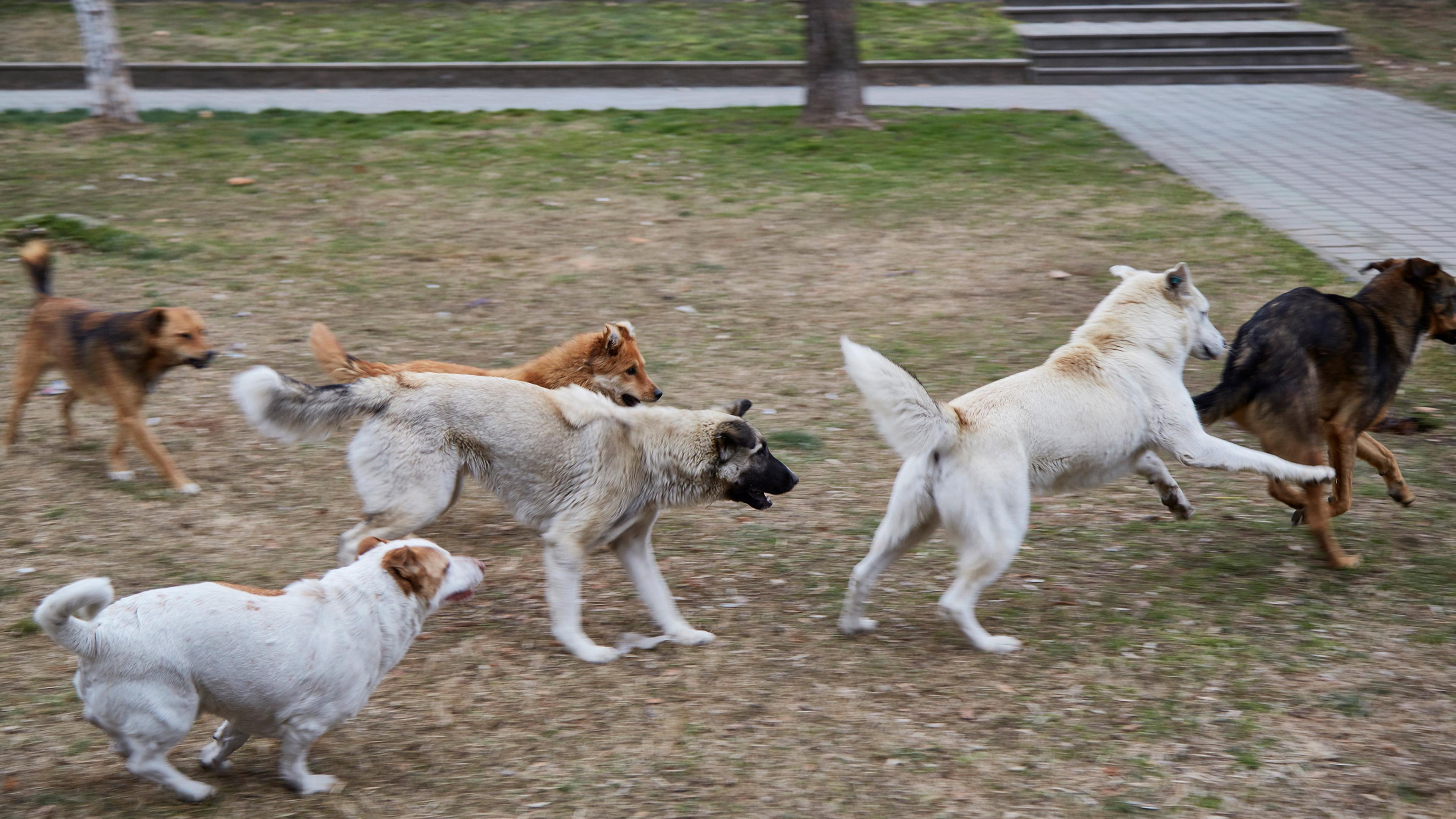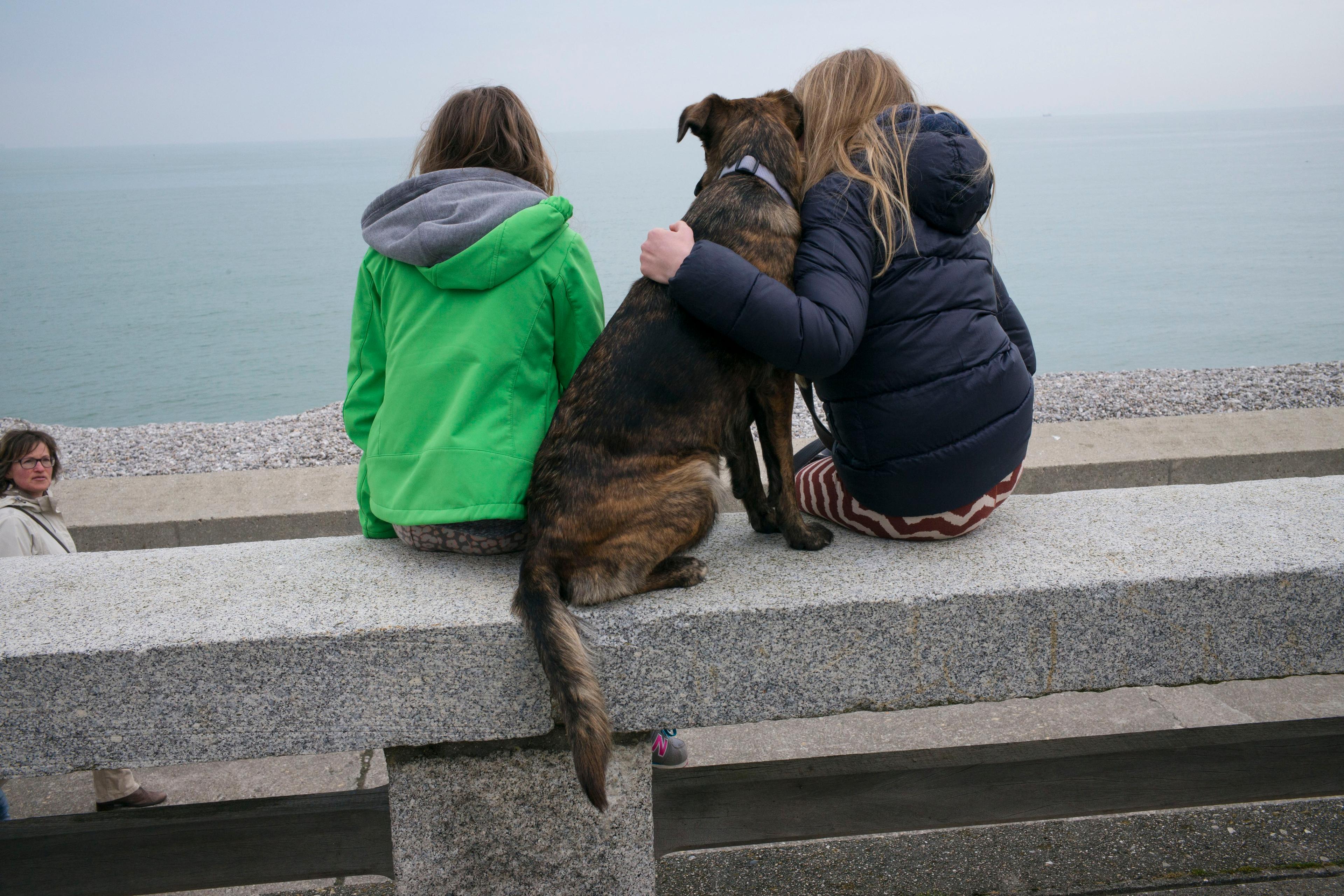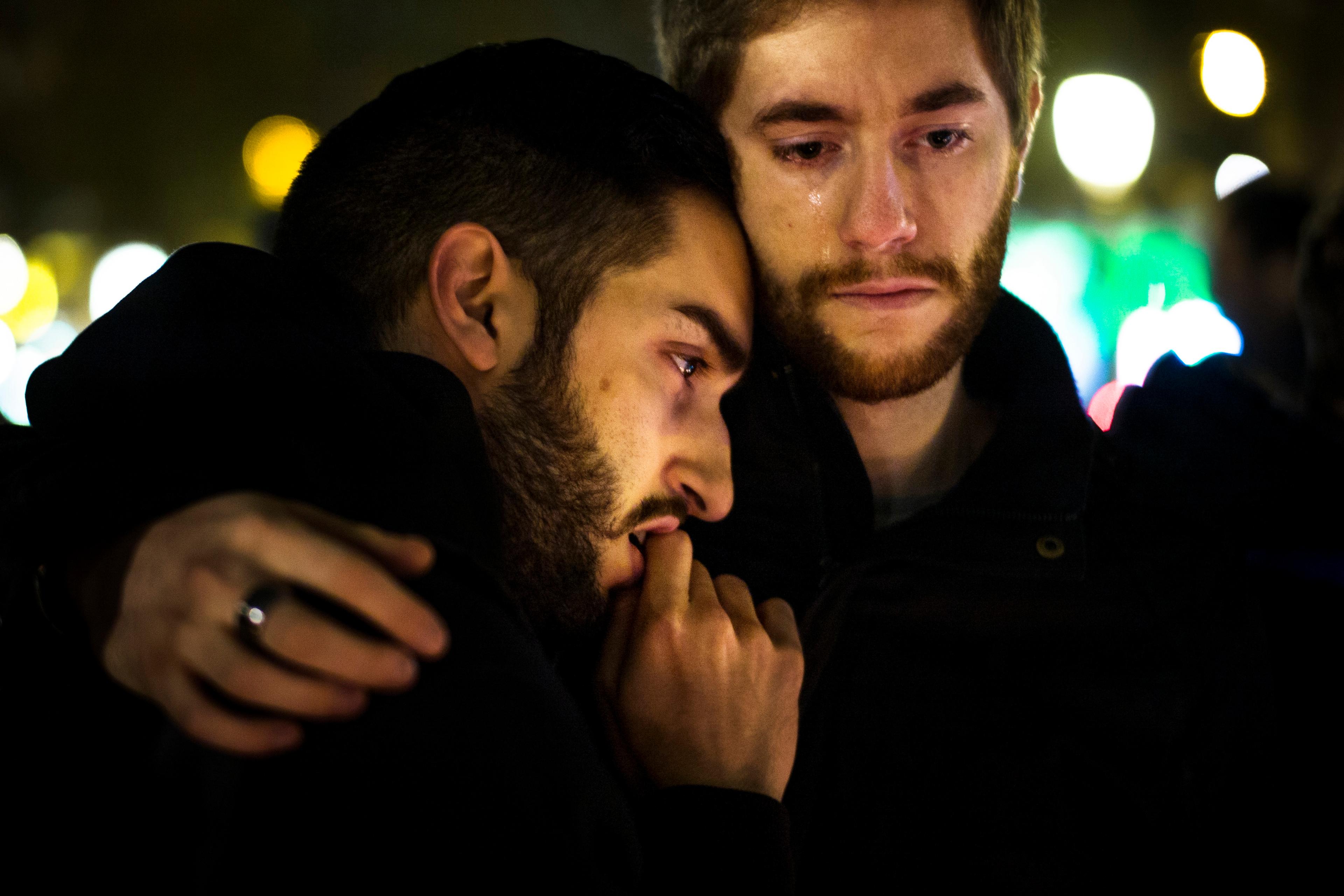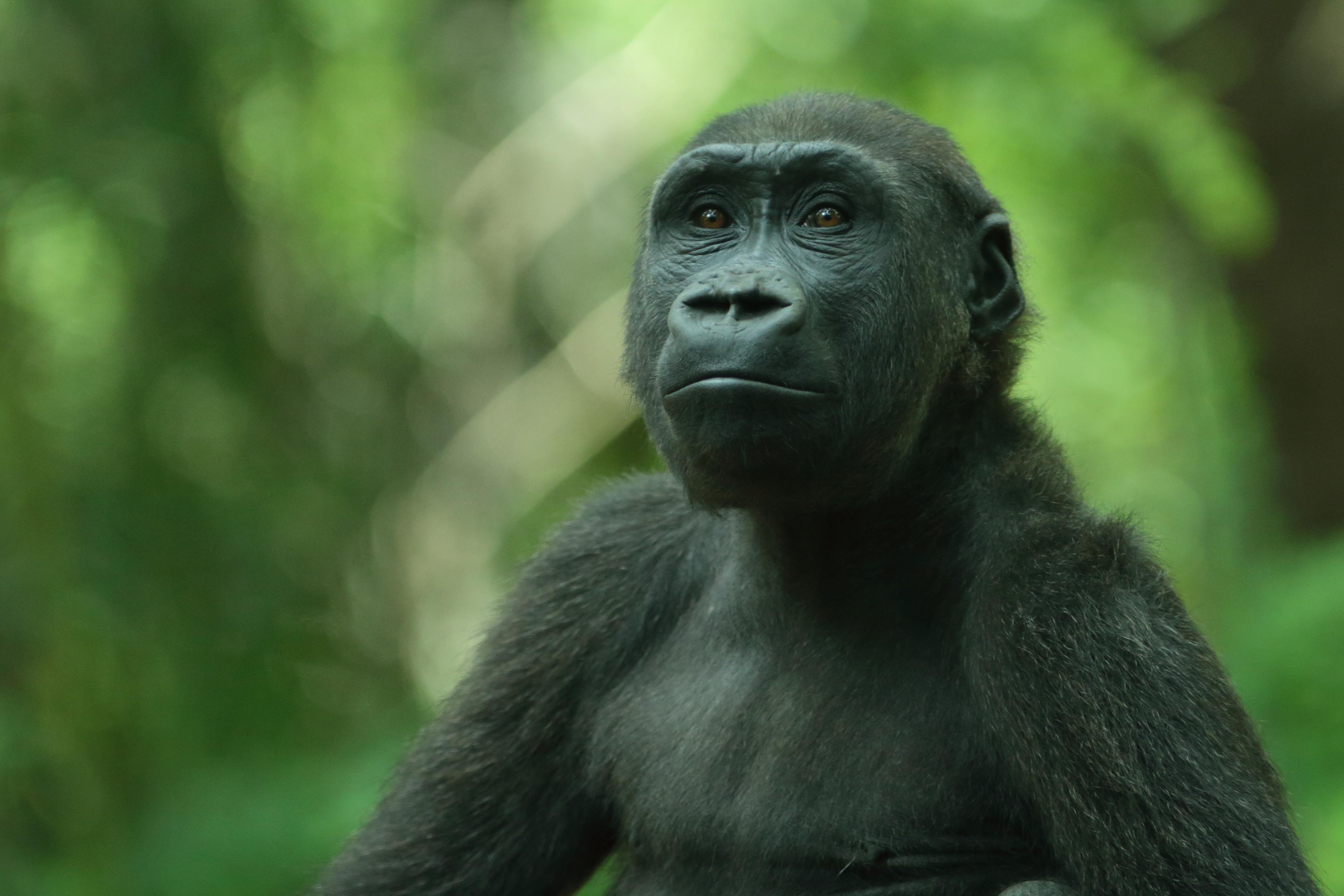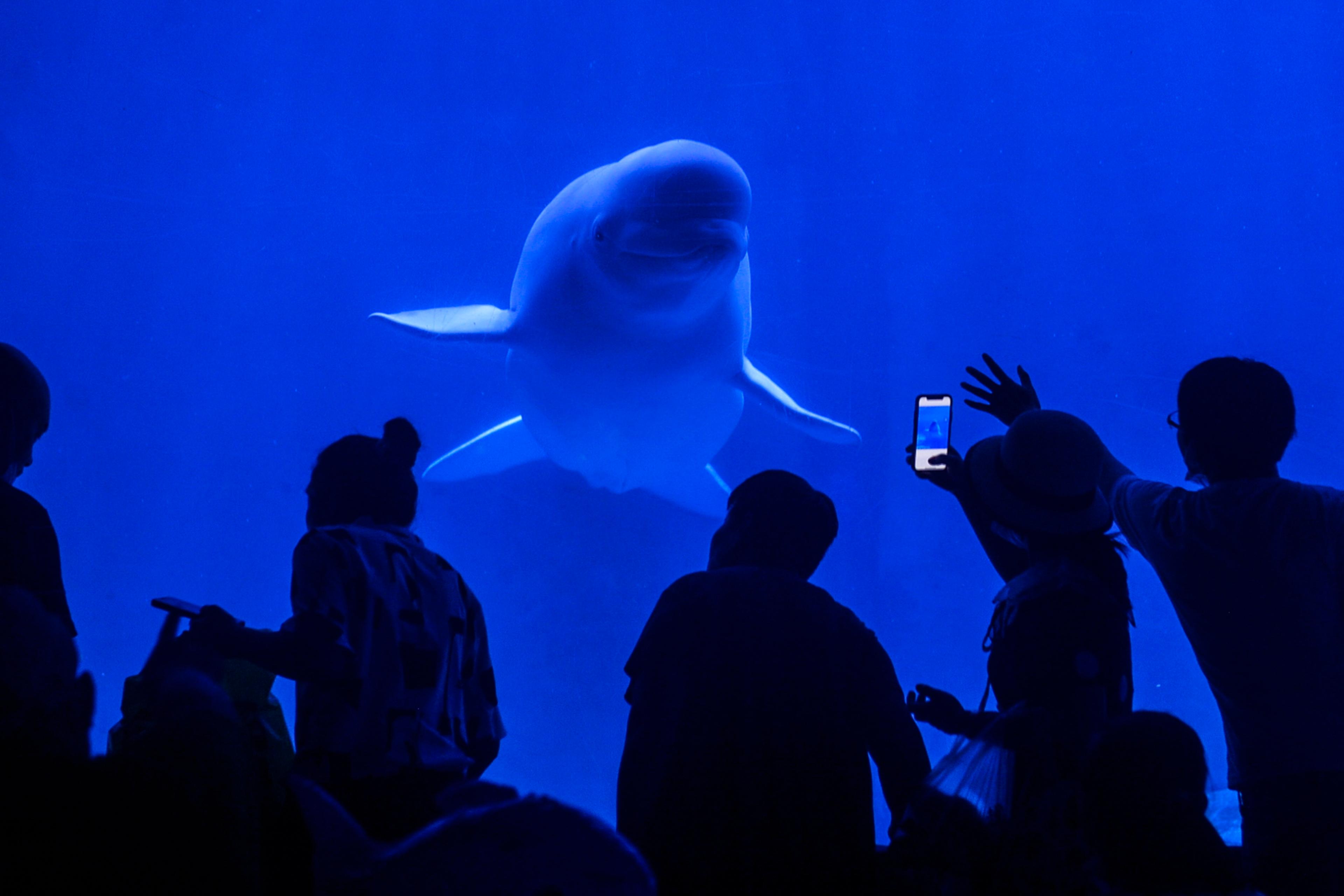Two years ago, while on a stroll through Pristina in Kosovo, I was attacked by a pack of feral dogs. I was lucky: although the whole pack rushed me – right in the middle of Pristina’s most central park, in the presence of other people, on a sunny late afternoon – only one of them bit me, and only once.
I thought the situation was exceptional, some freak accident, until my Kosovar hosts took me to the ER. As the doctor stitched up the tender flesh on the back of my knee, she told us that such bites, and worse, were happening every day, sometimes several times a day. Later, as I received rabies and tetanus shots, a full course of antibiotics, and had to have my wound cleaned, I heard the same at other clinics, from other doctors. They told me that Kosovo has the highest concentration of feral dogs in the Balkan region, which has been home to free-range cats and dogs for generations. Pristina’s street dogs are seen as a menace and often brutally abused. I was only taking a photo, from what I was sure was a safe distance, and they reacted to the sound of my camera shutter.
In the following days, I was much more guarded around the dogs roaming the streets. And they were all around me, every day. The great irony was that I thought of myself as the ultimate dog person – this trip was part of my tour for a book I had just published about dog-owner culture in the United States. I had never been scared of dogs, but I was scared of these. All the feral dogs I passed in Pristina had tagged ears, indicating they had been trapped, vaccinated, sterilised and released; at most, they posed a risk of fleas or mange. But I was too scared to make so much as eye contact with them, worried they could smell my fear and might attack me for it again.
At the same time, I felt newly bonded to them, and to all dogs, as if by some ancient, magical force. There was something ineffable about the bite, my scream, my ugly wound. In pain, exhausted by the rabies shot side-effects and a whopping dose of antibiotics, I lay awake at night, listening to the different packs calling and responding to each other across town. There was something about those late-night vocalisations and how tuned in to them I felt. I was right to be afraid. I had been chosen, given some secret knowledge. I wasn’t infected with rabies, but I was infected with something.
The bite was a level 4, with punctures deeper than the length of the canine. This is more than a deep bite – it indicated that the dog clamped down, in order to immobilise me. For perspective, level 5 is multiple level-4 bites – a mauling – and level 6 is the death of the victim. The pack had been sleeping or just lying around in the sun, but the moment I took the photo, they immediately got to their feet and ran towards me, all of them barking loudly. I had to make a split-second decision: stand there and try to face them down, or turn my back to them and show that I am walking away? I remembered that avoiding contact was essential with an aggressive dog. The fastest way to do that was to do what most scared me – turn around. That was when I realised that a whole second pack was running towards me from the opposite direction, as well, barking just as hard.
The material had gone all the way inside those puncture wounds and come back out, intact
As I took my first step, I felt the jaws clamp down around the back of my knee. The dog had clamped its teeth into my leg and braced itself against the ground, so I couldn’t move at all. I inhaled and let out the loudest scream I could find inside me. And something happened that I cannot explain: the jaws suddenly released, both packs of dogs stopped barking, turned around, and walked away from me. The whole event lasted less than a minute. I limped to the nearest bench, too shocked to even cry. I have a faint memory of an elderly man along the way saying something to me in Albanian. I could neither understand nor respond.
The holes in my leg were about the diameter of my index finger, which I didn’t know until after they were stitched closed. When I got home and finally removed my jeans, I was astonished to discover that they weren’t punctured. The material had gone all the way inside those puncture wounds and come back out, intact. I washed the jeans in the hotel sink, grossed out.
It was only my second day in the country. Nights I was jetlagged, sweating out my meds and wondering obsessively about the dog that bit me, what it was doing, wishing I could see it. I desperately missed my own dogs back home. For the next 10 days, I visited a clinic every other day in order to have the bloody, oozing mess of gauze stuck to my wound changed by a doctor who could check for infection. Walking hurt, but even worse was that everywhere I went there were feral dogs, their heads right at the height of my aching knee. My hosts explained that the city was full of different packs, in competition for resources and space. The two packs that rushed me were probably not friends – until they had a common enemy.
I thought of the Australian philosopher Val Plumwood, who survived a vicious crocodile attack in Kakadu National Park in 1985. Her attack, which she describes in detail in the essay ‘Human Vulnerability and the Experience of Being Prey’ (1995), was much more serious than mine – she sustained terrible injuries – but it is the only text I know of where a philosopher describes being changed not just personally but philosophically by a traumatic encounter with an animal. She had learned something no philosophy book could have taught her, about ecological interconnectedness and human vulnerability. ‘In my work as philosopher,’ she wrote, ‘I now tend to stress our failure to perceive human vulnerability, the delusions of our view of ourselves as rational masters of a malleable nature.’ I loved the idea of such an important insight coming from life itself, from trauma, rather than from academic study.
She promptly scooped up her own dog and walked briskly in the opposite direction
But what happened to me wasn’t a crocodile attack in the bush – these were dogs! And in a bustling European city! And I wasn’t prey to them. So what was I to them? What philosophical lesson was there for me in this, I wondered, as the bandages came off for good and I could examine the ugly contusion: a multicoloured bruise the size of a melon surrounding the stitched holes.
By now I was travelling in North Macedonia. One day, walking through downtown Skopje, a large white feral dog started shadowing me when I crossed the busy streets, as they often do in urban areas. I ignored him, nervous, and he mostly ignored me too, except as a shield against oncoming cars. A woman casually walking her pet dog came towards us, but when she noticed the feral dog by my side, her eyes widened. She promptly scooped up her own dog and walked briskly in the opposite direction to avoid us. It was clear to me that she both loved her own dog deeply and feared this one deeply, and I suddenly understood something that hadn’t been clear to me prior to the bite: these two feelings were in no way contradictory.
Unlike Plumwood’s attack, mine wasn’t about food – it was about communication. The dog that bit me, terrified of humans, wanted me to leave. It first called its own pack and the other pack to charge me, and then, when it released me, it called off both – all in under a minute. The dog had clearly made a series of decisions, first to charge, then to bite, then to let me go. This dog’s decisions had changed the course of my life. Accidents change the course of our lives – a tree falling on my house, or winning the lottery – but this wasn’t an accident. I had written many pages about dog personhood and agency prior to this – but now I could feel their personhood, the certainty of it, like never before. My fear, visceral and involuntary, was a new way into understanding their minds.
Dogs are unique among animals, because they have evolved to live alongside other species, not just humans – in this, they are similar to humans. Dogs are especially good at reading and communicating with other species without the use of language, in the same way that adult humans and babies can communicate. Plumwood’s relationship with the crocodile was an ecological one, but my encounter was more than that – we were connected not just by a shared ecosystem, but by a social interaction. Far more gets communicated in social interactions: interest, boundaries, intentions, trust and lack of trust, and everything else that goes into building a bond. It’s no wonder I felt closer to the feral dogs after the attack than I had watching them from afar or from behind my camera.
I now pay more attention to dog behaviour than before, and it makes me love them that much more
So many dogs end up euthanised because we are living in a culture that encourages ignoring their boundaries and uncritically embracing a forced ‘dog-friendliness’. We impose so-called socialisation on our dogs, pushing them into dog parks when they may not want that, allowing strangers to pet them in unpredictable, overstimulating environments. The dog that bit me was feral, but hardly ‘unsocialised’. The packs that rushed me were not friends, and certainly none of these feral dogs were ‘man’s best friend’, but they were in profound social relation with each other, with the humans living in Pristina, and with outsiders like myself.
Fear of dogs does not mean one is not a ‘dog person’; on the contrary, it’s the appropriate reaction, a sign that one is paying attention. I now pay more attention to dog behaviour than before, and it makes me love them that much more.
Last year, in Missouri, where I now live, I was found by a little Pomeranian-mix female adolescent that someone had dumped in the forest where I was hiking. She was not chipped, collared or spayed, and covered in fleas and ticks. I took her home, promising myself it was just for a few days till I could get her into a shelter. When it became clear that she would stay forever, that she belonged with us, I named her Pris, after the character in Blade Runner. Because of her wild golden mane and because it’s short for Pristina.
